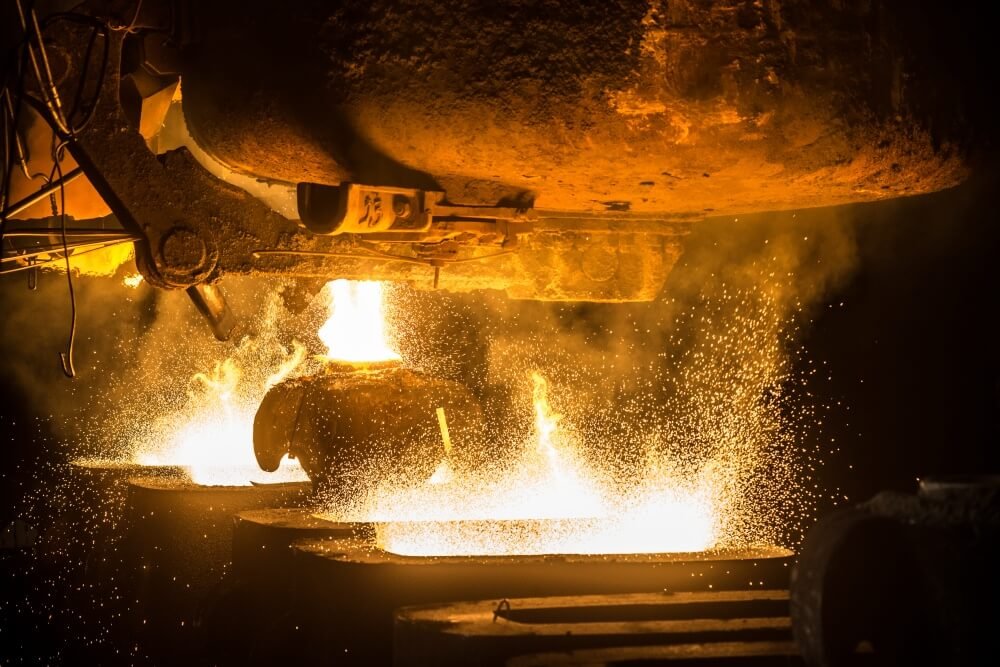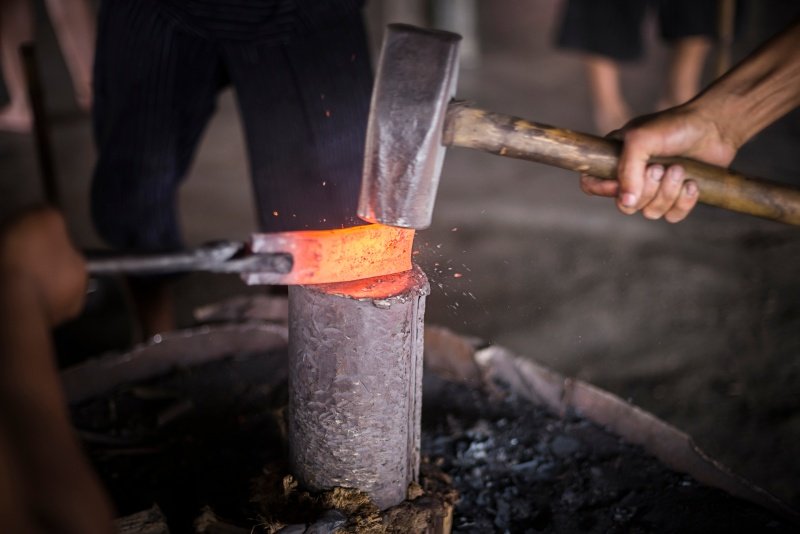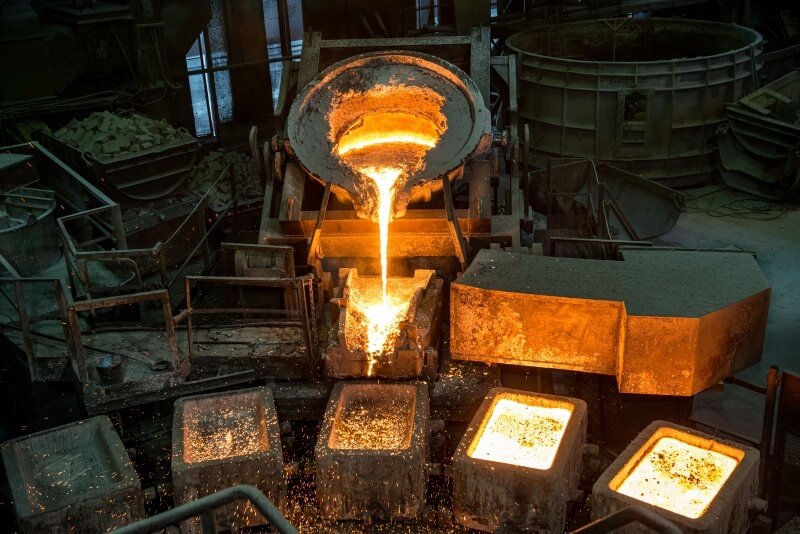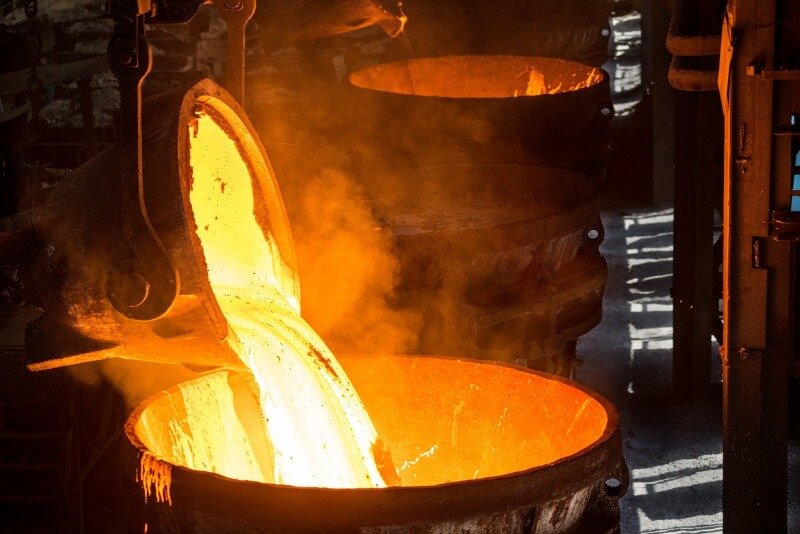Struggling to confirm the quality of a stainless steel investment casting before it enters your production line is a high-stakes challenge. One substandard batch can cause severe equipment failures, project delays, and budget overruns that damage your reputation. The good news? By learning to spot critical red flags early, you can confidently evaluate casting quality, safeguard your operations, and keep your projects on track.

1. What Does Precision Dimensional Accuracy Reveal?
How are part tolerances measured?
The first check for any quality stainless steel investment casting involves measuring its adherence to the design blueprint. You should use precision instruments like digital calipers, micrometers, or even a Coordinate Measuring Machine (CMM) for complex geometries. A superior casting will match the specified dimensions with minimal deviation. This precision reduces or eliminates the need for costly and time-consuming secondary machining operations, allowing the part to integrate seamlessly into your assembly. It’s a direct reflection of a foundry’s control over its process.
What standards define casting precision?
Your parts shouldn’t just meet your specs; they should meet global standards. High-quality foundries produce castings that conform to internationally recognized benchmarks, such as those set by the Investment Casting Institute (ICI) or ISO 2768 for general tolerances. Compliance with these standards provides an objective measure of quality and guarantees a level of consistency across production runs. When you see certification or compliance data, it’s a strong signal that the foundry takes precision seriously.
How does tooling affect final accuracy?
The final part is only as good as the mold it came from. So, what’s the real story with tooling? A top-tier foundry invests in high-grade, durable tooling made from robust materials that resist wear and thermal stress. Advanced techniques, like using 3D-printed wax or resin patterns, allow for exceptionally complex and accurate molds that were previously impossible. This meticulous attention to the initial pattern and mold construction is fundamental for achieving tight tolerances and consistent results in every stainless steel investment casting.
Key Takeaway: True dimensional accuracy is a combination of precise measurement, adherence to established standards, and investment in superior tooling, all of which minimize post-processing.
| Aspect of Accuracy | Indication of Quality |
|---|---|
| Tolerance Adherence | Casting fits blueprint specs with minimal deviation. |
| Standard Compliance | Meets or exceeds ISO, ICI, or ASTM benchmarks. |
| Tooling Quality | Use of durable molds and advanced pattern tech. |
2. How Does a Superior Surface Finish Indicate Quality?
What does a high-quality surface look like?
A quick visual inspection of a stainless steel investment casting can tell you a great deal. A quality part presents a smooth, clean, and uniform surface, free from visible defects like cracks, pits, or porosity. The texture should be consistent across the entire component, without any rough patches or blemishes. This isn’t just about aesthetics; a flawless surface indicates that the molten metal flowed evenly into the mold and solidified under controlled conditions, suggesting a well-managed casting process from start to finish.
How do finishes impact component function?
The surface condition of a stainless steel investment casting directly affects its performance. A smooth finish is vital for parts that require a tight seal, interact with other components, or are involved in fluid dynamics, as it reduces friction and wear. Furthermore, a non-porous surface is less susceptible to corrosion and bacterial growth, a vital trait in medical and food-grade applications. Poor finishes can create stress concentration points, leading to premature part failure under load.
What are the common causes of surface defects?
This is where it gets critical. Surface imperfections are almost always symptoms of a flawed process. For instance, porosity might stem from trapped gas during pouring, while cracks could result from uncontrolled cooling rates that create internal stress. An improperly designed gating system can cause turbulence, leading to surface irregularities. A foundry that consistently produces smooth finishes demonstrates mastery over these variables, including mold temperature, pouring speed, and atmospheric control.
Key Takeaway: A pristine surface finish is a direct indicator of a well-controlled process and is directly linked to the component’s functional performance and longevity.
| Surface Characteristic | What It Signifies |
|---|---|
| Smoothness & Uniformity | Proper metal flow and controlled solidification. |
| Absence of Defects | Minimized gas porosity and thermal stress. |
| Functional Integrity | Enhanced corrosion resistance and wear properties. |
3. Why is Verifiable Material Integrity Non-Negotiable?
How is the alloy composition verified?
You ordered a specific grade of stainless steel for a reason—its properties are engineered for your application. A trustworthy foundry will provide a material certification that confirms the exact chemical composition of the alloy used. This is typically done using a spectrometer, which analyzes the metal and provides a detailed breakdown of its constituent elements, like chromium, nickel, and molybdenum. This verification ensures you receive the expected mechanical strength, heat resistance, and corrosion properties you paid for.
What tests are used to measure strength?
Beyond composition, the mechanical properties of a stainless steel investment casting must be confirmed through physical testing. Standard tests include tensile testing, which measures the part’s ability to resist being pulled apart, and hardness testing (e.g., Rockwell or Brinell), which assesses its resistance to surface indentation and wear. For components subjected to sudden impacts, a Charpy impact test might be performed. The results of these tests prove the casting can withstand the real-world operational stresses it was designed for.
Why does corrosion resistance matter?
For many applications, the primary benefit of stainless steel is its ability to resist rust and chemical attack. But here’s the kicker. Not all stainless steels are created equal, and improper processing can compromise this inherent resistance. A quality stainless steel investment casting process, from melting to heat treatment, is designed to preserve and even augment the alloy’s passive layer—the invisible shield that protects it from corrosion. Requesting data from salt spray tests or other corrosion evaluations can confirm the part’s durability in its intended environment.
Key Takeaway: Verifiable material integrity, confirmed through both chemical analysis and mechanical testing, is the ultimate proof that a casting will perform as designed.
| Integrity Check | Purpose |
|---|---|
| Spectrometry Analysis | Verifies exact alloy chemical composition. |
| Mechanical Testing | Confirms tensile strength, hardness, and ductility. |
| Corrosion Evaluation | Validates resistance to environmental degradation. |
4. What Do Advanced Casting Processes Signify?
How does vacuum casting improve quality?
When producing parts for demanding applications like aerospace or medical devices, even microscopic impurities can be a point of failure. Vacuum casting is a process where the mold is filled with molten metal in a vacuum chamber. This technique removes air and other dissolved gases from the metal before they can form bubbles or oxides. The result is a stainless steel investment casting with superior density, higher strength, and a near-perfect surface finish, free from the gas porosity that can plague conventional methods.
How do controlled cooling techniques help?
The journey from liquid metal to solid part is fraught with risk. If a casting cools too quickly or unevenly, it can develop internal stresses that lead to warping or cracking. Advanced foundries use controlled cooling methods, sometimes involving insulated blankets or computer-managed cooling zones, to ensure the part solidifies at a predetermined rate. This promotes a uniform grain structure, enhances structural integrity, and minimizes residual stress, yielding a stable and reliable component.
Does pattern-making impact the final part?
The pattern is the genesis of every stainless steel investment casting and its precision is paramount. Here’s the bottom line. Modern foundries are moving beyond traditional hand-finished wax patterns to embrace digital manufacturing. By using 3D printing (Stereolithography or SLA) to create casting patterns directly from a CAD file, they can achieve incredible detail and accuracy. This method is not only faster for prototyping but also produces flawless, identical patterns for large production runs, ensuring every single part is a perfect replica of the design.
Key Takeaway: The use of advanced processes like vacuum casting, controlled cooling, and 3D-printed patterns is a clear sign that a foundry is committed to pushing the boundaries of quality.
| Advanced Process | Benefit |
|---|---|
| Vacuum Casting | Eliminates gas porosity and impurities. |
| Controlled Cooling | Reduces internal stress and prevents defects. |
| 3D-Printed Patterns | Maximizes accuracy and design complexity. |
5. How Do Rigorous Quality Control Measures Prove Excellence?
What is non-destructive testing (NDT)?
Some of the most dangerous defects in a stainless steel investment casting are the ones you can’t see. Non-destructive testing (NDT) methods allow inspectors to look inside a component without damaging it. Techniques like X-ray (radiographic) testing can reveal internal voids, porosity, or shrinkage, while ultrasonic testing uses sound waves to detect subsurface cracks. Magnetic particle or dye penetrant inspection is used to find minute surface-breaking cracks. A foundry that employs NDT is actively hunting for hidden flaws.
How is chemical composition validated?
While a single material certificate is good, consistent quality demands batch-to-batch validation. A robust quality control program includes regular checks of the chemical composition of the molten metal throughout a production run. By using an in-house spectrometer to test samples from each heat or batch, the foundry ensures that every single stainless steel investment casting produced meets the required alloy specification. This relentless verification prevents material drift and guarantees uniformity across thousands of parts.
What does mechanical testing confirm?
You might be wondering if this is overkill. It’s not. For critical components, foundries will cast extra test bars alongside the actual parts from the same batch of metal. These bars are then subjected to destructive mechanical tests to confirm that the material properties—tensile strength, yield strength, and elongation—meet the required specifications after heat treatment. This provides tangible proof that the entire batch has the necessary strength and ductility to perform safely and reliably in the field.
Key Takeaway: A comprehensive QC regimen, combining NDT with consistent chemical and mechanical validation, is the hallmark of a foundry dedicated to delivering flawless parts.
| Quality Control Method | Defect Type Detected |
|---|---|
| Non-Destructive Testing (NDT) | Internal voids, porosity, and micro-cracks. |
| In-Process Spectrometry | Deviations in chemical alloy composition. |
| Batch Mechanical Testing | Insufficient strength, hardness, or ductility. |
6. Why is a Foundry’s Proven Reputation a Key Indicator?
How do you verify a foundry’s track record?
A foundry’s past performance is a strong predictor of its future results. Don’t just take their word for it—ask for references from customers in industries similar to yours. A confident supplier will have no problem connecting you with long-term clients who can speak to their reliability, communication, and the quality of their stainless steel investment casting products. A history of successful partnerships and on-time deliveries speaks volumes about their capabilities and commitment.
What do certifications like ISO 9001 signify?
Certifications are more than just wallpaper. An accreditation like ISO 9001:2015 demonstrates that a foundry has implemented and maintains a rigorous Quality Management System (QMS). This system governs everything from how they handle raw materials to their final inspection and documentation processes. It proves they are committed to standardization, continuous improvement, and customer satisfaction. Other industry-specific certifications, like AS9100 for aerospace, are an even stronger signal of specialized expertise.
Why should you request relevant case studies?
What’s the best way to be sure? Ask for proof. Request case studies or project examples that are similar to your own component in terms of size, complexity, or alloy. This allows you to assess their direct experience with the challenges your part presents. Seeing how they solved problems for another client, manufactured a complex geometry, or met a tight tolerance for a stainless steel investment casting in a real-world application is the most concrete evidence you can get of their ability to deliver for you.
Key Takeaway: A strong reputation, validated by client references, formal certifications, and relevant case studies, provides the confidence that you are partnering with a reliable and capable expert.
| Reputation Factor | What It Proves |
|---|---|
| Client References | Consistent customer satisfaction and reliability. |
| ISO 9001 Certification | A formal, documented commitment to quality. |
| Relevant Case Studies | Specific expertise and problem-solving capability. |
The final analysis shows that identifying a high-quality
stainless steel investment casting
requires looking beyond the surface. By assessing dimensional accuracy, surface finish, material integrity, manufacturing processes, QC methods, and the foundry’s reputation, you can make an informed decision. Now you have the tools to protect your projects. Don’t leave quality to chance; partner with an expert who can deliver the precision and reliability you demand.
Ready to see the difference that expertise makes? Contact Precisionvast today for a quote on your stainless steel investment casting project.
Frequently Asked Questions (FAQ)
Q1: Can I use my existing 3D model to create a pattern for a new casting? Yes, absolutely. Modern foundries can use your 3D CAD files (e.g., .STEP or .STL) to directly 3D print a high-resolution casting pattern from wax or resin. This process is ideal for rapid prototyping and ensures the final part is a perfect match for your digital design.
Q2: What’s the best stainless steel grade for high-corrosion environments? For highly corrosive environments, austenitic stainless steels like 316/316L are an excellent choice due to their high nickel and molybdenum content. For extreme conditions involving chlorides or acids, super-austenitic or duplex stainless steels may be required.
Q3: How do I know if my component is a good candidate for investment casting? Investment casting is ideal for parts with complex internal or external geometries, thin walls, and those requiring tight tolerances and excellent surface finishes. If your part would otherwise require significant machining or be assembled from multiple pieces, it’s likely a great candidate for this process.
Q4: Can I request specific material testing reports for my production run? Yes. A reputable foundry will provide a complete documentation package upon request, including material certifications detailing chemical composition, heat treatment reports, and the results of any mechanical tests (tensile, hardness, etc.) performed on your specific batch.
Q5: What’s the best way to design a part to reduce post-machining needs? To minimize machining, design your part with generous radii on inside corners, uniform wall thicknesses to promote even cooling, and realistic tolerances. Consulting with the foundry’s engineers during the design phase is the best way to optimize your part for the investment casting process.




